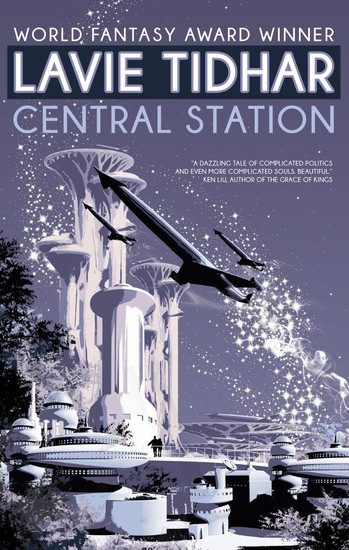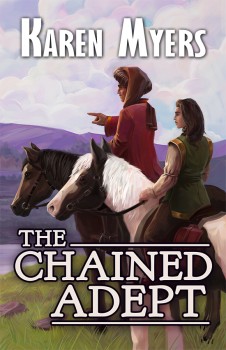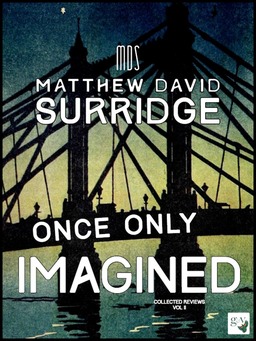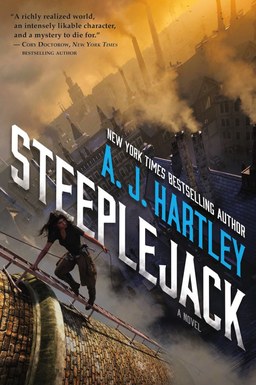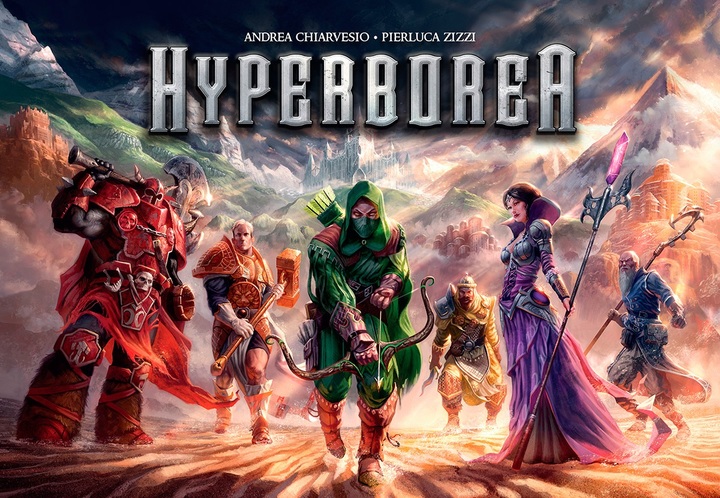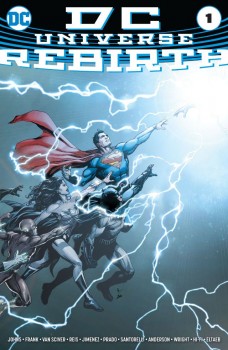The Magic of Hobbyland
 My first addiction was model trains, HO gauge engines and layouts that I was forever redesigning. Because I grew up in Columbus, Ohio, the need for new boxcars and Plasticville edifices led me without fail to a mid-sized indie shop in the Graceland Shopping Center called Hobbyland.
My first addiction was model trains, HO gauge engines and layouts that I was forever redesigning. Because I grew up in Columbus, Ohio, the need for new boxcars and Plasticville edifices led me without fail to a mid-sized indie shop in the Graceland Shopping Center called Hobbyland.
What I didn’t know until the summer between sixth and seventh grades was that Hobbyland had also begun to carry, mixed in with the how-to guides on paper airplanes and WW II tank models, peculiar tomes that hinted at inexplicable mysteries: Greyhawk, Blackmoor, and Eldritch Wizardry.
To enter Hobbyland in those early years of my next addiction was to experience, in its most literal form, the marvelous. Forget about the trains, planes, and automobiles. The real heartbeat of the place turned out to be the display-rack bookshelves, gray-painted, not numerous.
You remember. You recall how those early D&D books were so peculiar, so thrown-together, more like pamphlets and broadsides than the sort of book that sat on your parents’ shelves at home. Greyhawk, etc., would have sat well with quackery advertising (phrenology, anyone?) or the meditations of theosophists or Doctor Dee.
